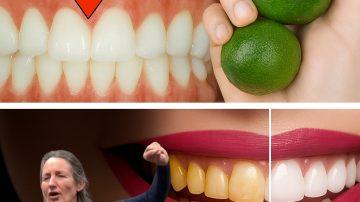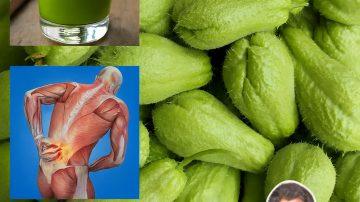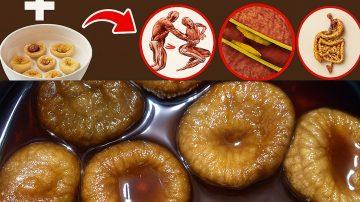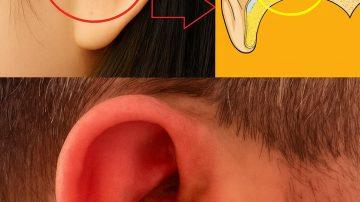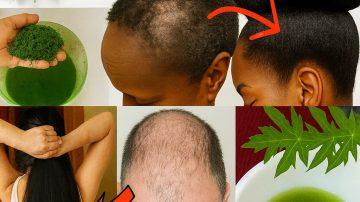The herbal combination of laurel leaves, chamomile, and hibiscus ($\text{jamaica}$) forms a powerful traditional tonic, often used to address a cluster of metabolic issues like hypertension, high blood sugar, and fatty liver disease. Your grandmother’s experience aligns with the established traditional uses and emerging scientific evidence for the individual components of this tea, particularly the hibiscus and chamomile.
Here is a breakdown of the synergistic benefits this three-part remedy offers:

1. Hibiscus ($\text{Jamaica}$) – The Heart and Liver Regulator

Hibiscus ($\text{Hibiscus sabdariffa}$) is the most potent ingredient in this trio for cardiovascular and metabolic health.
- Hypertension (Blood Pressure): Multiple clinical studies and meta-analyses show that hibiscus tea can $\text{significantly}$ $\text{lower}$ both systolic and diastolic blood pressure, often acting as effectively as some standard anti-hypertensive drugs. This effect is attributed to its $\text{anthocyanins}$ (antioxidants) and its mild $\text{diuretic}$ properties.
- Fatty Liver and Cholesterol: Hibiscus contains polyphenols that may help inhibit the production of $\text{fatty}$ $\text{acids}$ in the liver, potentially reducing fat accumulation and protecting liver cells from damage. It has also been linked to improving $\text{cholesterol}$ profiles (lowering LDL and triglycerides).
- Blood Sugar: Research suggests hibiscus can help regulate blood sugar by inhibiting intestinal enzymes that digest carbohydrates, which prevents sharp $\text{post-meal}$ $\text{spikes}$.
2. Chamomile – The Glucose and Stress Calmer

Chamomile is widely known for its calming properties, but its metabolic benefits are also significant.
- Glucose Control: Studies, including those on patients with type 2 diabetes, show that drinking chamomile tea multiple times a day may lead to $\text{significant}$ $\text{reductions}$ in $\text{HbA1c}$ (long-term glucose marker) and $\text{serum}$ $\text{insulin}$ levels.
- Anti-inflammatory and Antioxidant: Chamomile’s $\text{flavonoids}$ and antioxidants help combat $\text{oxidative}$ $\text{stress}$, which is a major driver of diabetes-related complications and inflammation across the body.
- Sleep Quality: Its established use as a sleep aid helps to calm the nervous system. Since poor sleep worsens $\text{insulin}$ $\text{resistance}$ and $\text{blood}$ $\text{pressure}$, the relaxation provided by chamomile indirectly supports all three of your grandmother’s health concerns.
3. Laurel Leaves ($\text{Bay}$ $\text{Leaf}$) – The Digestive Aid
Laurel leaves are traditionally included in this tonic to support digestion and enhance the overall therapeutic properties.
- Digestive and Metabolic Support: Laurel is known for its $\text{antioxidant}$ and $\text{anti-inflammatory}$ properties. In traditional blends, it is believed to contribute to better digestion, reduce bloating, and generally support the metabolic process, complementing the action of the other two ingredients.
- Enhanced Flavor Profile: It adds a subtle aromatic depth that balances the tartness of the hibiscus.
Important Caution
While this herbal tea is backed by strong traditional use and scientific support, it is critical to view it as an adjunct therapy, not a replacement for medical treatment.
- Drug Interactions: Hibiscus is known to potentially interact with certain medications, particularly $\text{diuretics}$ and blood pressure drugs (e.g., $\text{hydrochlorothiazide}$).
- Medical Supervision: Any patient managing chronic conditions like hypertension, high blood sugar, or fatty liver should continue to use prescribed medications and consult a healthcare provider before introducing a new herbal regimen to avoid adverse interactions or dangerously low blood pressure/blood sugar.

